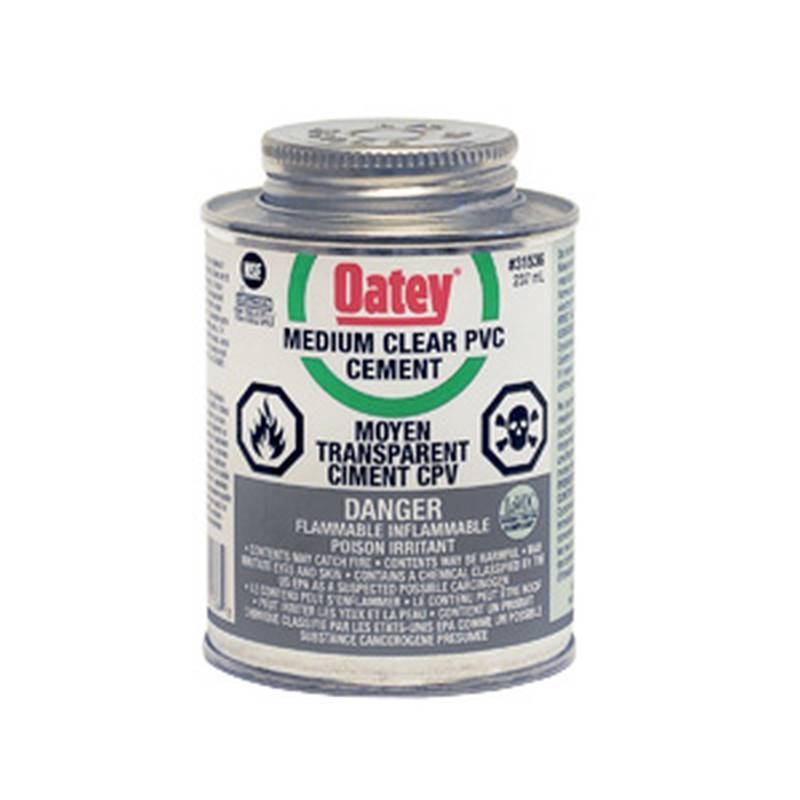

Illicit use Ĭyclohexanone has been used in the illicit production of phencyclidine and its analogs and as such is often subject to additional checks before purchase. It also forms an enamine with pyrrolidine.

It forms a trimethylsilylenol ether upon treatment with trimethylsilylchloride in the presence of base. In the presence of light, it undergoes alpha-chlorination to give 2-chlorocyclohexanone. In addition to the large scale reactions conducted in service of the polymer industry, many reactions have been developed for cyclohexanone. In the presence of sulfuric acid catalyst, the oxime rearranges to caprolactam, a precursor to nylon 6: Laboratory reactions The other half of the cyclohexanone supply is converted to cyclohexanone oxime. For this application, the KA oil (see above) is oxidized with nitric acid. About half of the world's supply is converted to adipic acid, one of two precursors for nylon 6,6. The great majority of cyclohexanone is consumed in the production of precursors to Nylon 6,6 and Nylon 6. An alternative method utilizes the safer and more readily available oxidant sodium hypochlorite. Laboratory methods Ĭyclohexanone can be prepared from cyclohexanol by oxidation with chromium trioxide ( Jones oxidation). Therefore, this newer process without producing the acetone by-product appears attractive and is similar to the cumene process as a hydroperoxide is formed and then decomposed to yield two key products. This latter product is oxidized to a hydroperoxide and then cleaved into phenol and cyclohexanone. ĮxxonMobil developed a process in which benzene is hydroalkylated to cyclohexylbenzene. This process can also be adjusted to favor the formation of cyclohexanol. Alternatively, cyclohexanone can be produced by the partial hydrogenation of phenol: In some cases, purified cyclohexanol, obtained by hydration of cyclohexene, is the precursor. The oxidation involves radicals and the hydroperoxide C 6H 11O 2H as an intermediate. This process forms cyclohexanol as a by-product, and this mixture, called "KA Oil" for ketone-alcohol oil, is the main feedstock for the production of adipic acid. Production Ĭyclohexanone is produced by the oxidation of cyclohexane in air, typically using cobalt catalysts: C 6H 12 + O 2 → (CH 2) 5CO + H 2O Billions of kilograms are produced annually, mainly as a precursor to nylon. Cyclohexanone is slightly soluble in water and miscible with common organic solvents. Over time, samples of cyclohexanone assume a pale yellow color. This colorless oily liquid has an odor reminiscent of acetone. The molecule consists of six-carbon cyclic molecule with a ketone functional group. Cyclohexanone is the organic compound with the formula (CH 2) 5CO.


 0 kommentar(er)
0 kommentar(er)
